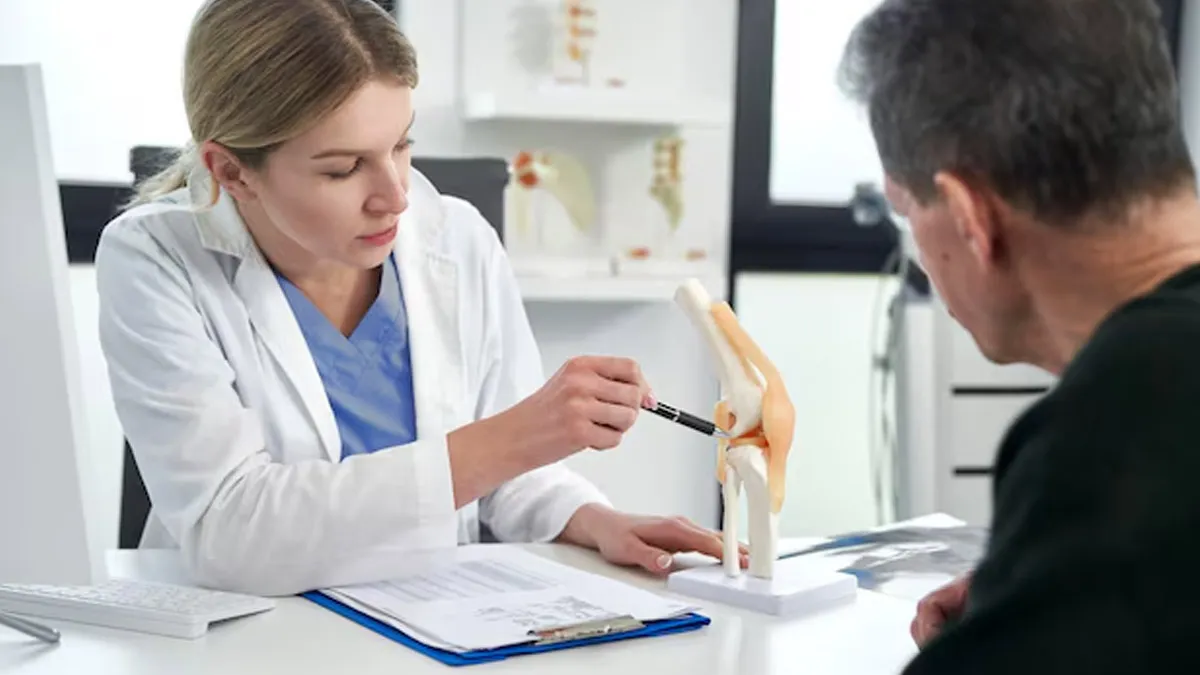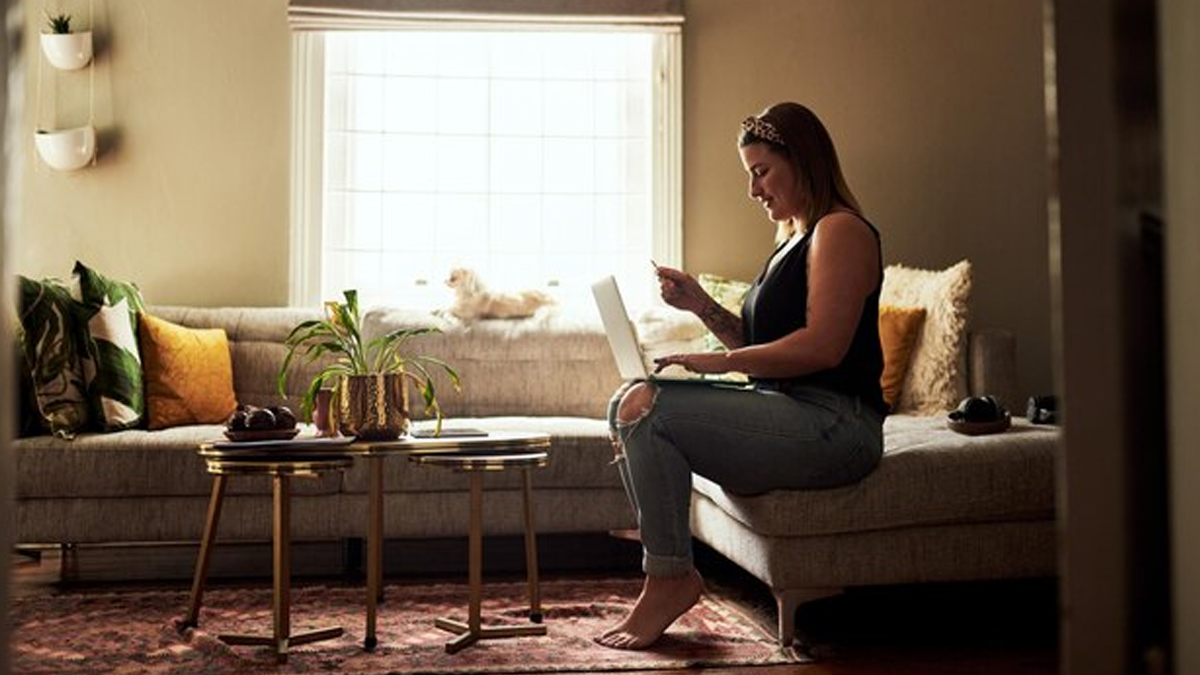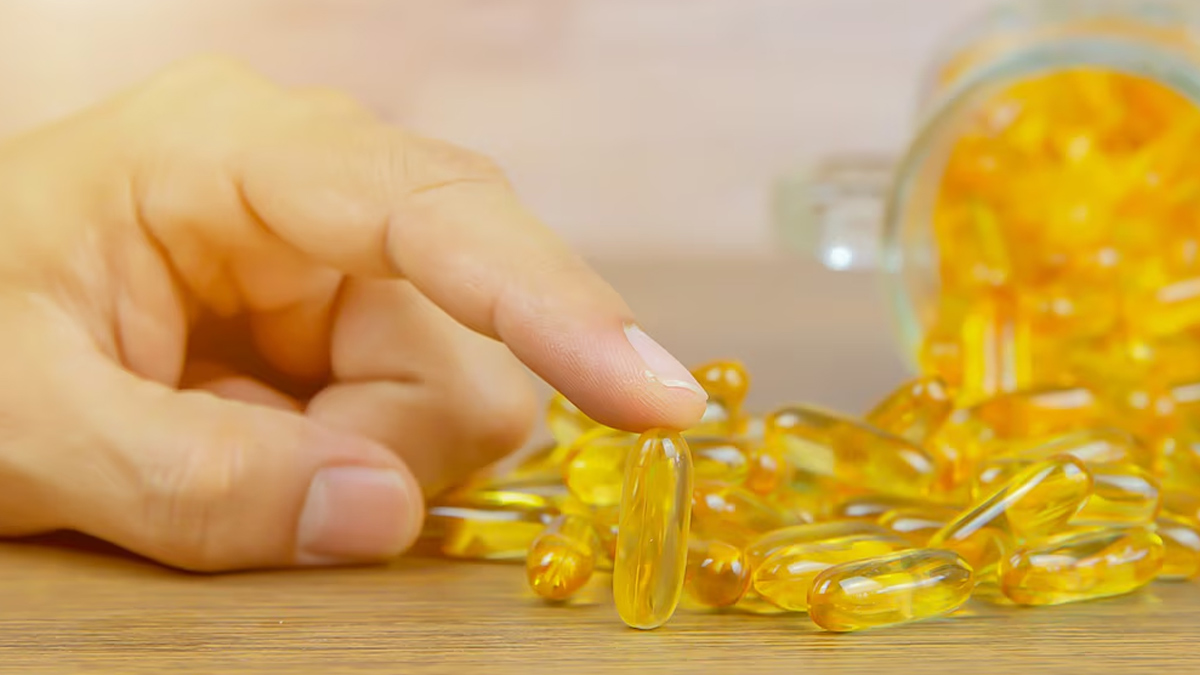
In recent years, a quiet shift has been unfolding in outpatient clinics across India. Young adults in their 20s and 30s, many seemingly healthy, are reporting bone and joint issues once thought to affect only older populations. Fatigue in the limbs, frequent aches, lower back pain, and even minor fractures from low-impact activities are on the rise. What is behind this trend? Increasingly, the answer lies in a modern problem: sunlight deprivation.
Table of Content:-
We spoke to Dr Lokesh Venkat Bheemisetty, Consultant - Joint Replacement Surgeon and Trauma Surgeon, Arete Hospitals, Hyderabad, who explained the impact of sunlight deprivation and sedentary lifestyle on bone health.
India, despite being a tropical country bathed in sunlight for most of the year, faces an unexpected epidemic of vitamin D deficiency. In urban areas, especially, a combination of indoor work environments, high-rise living, air-conditioned transport, and screen-heavy lifestyles means people spend far less time outdoors than previous generations.
Vitamin D: The Missing Link

"Vitamin D plays a critical role in calcium absorption, bone mineralisation, and muscle strength. Unlike other nutrients, it is not easily obtained from food alone. The body synthesises it primarily through exposure to sunlight, specifically UVB rays," said Dr Bheemisetty. When skin misses regular sunlight exposure, levels of vitamin D drop, impairing bone health in a gradual but significant way.
In younger individuals, the warning signs don’t always look dramatic. There is no sudden bone break or visible diagnosis at first. What often appears instead are quiet hints: chronic fatigue, vague aches in the muscles and joints, or small fractures from everyday movements that should not cause harm. If these signs are overlooked, they can gradually lead to early bone thinning or even more serious loss of density later on.
According to the American Journal of Clinical Nutrition, over 90% of the vitamin D needs for most individuals are met through casual sunlight exposure. The skin can generate a significant amount of vitamin D. While prolonged and excessive sun exposure raises the likelihood of non-melanoma skin cancer, completely avoiding direct sunlight can lead to vitamin D deficiency, which can result in serious health issues.
Also Read: Can Vitamin D Deficiency Cause Depression? Psychiatrist Weighs In
Climate Change and Shifting Lifestyles

Shifting weather has quietly worsened things. With heatwaves, thick pollution, and poor air quality now part of daily life, stepping outside no longer feels easy or safe. "The shift to remote work since the pandemic means even brief exposure to sunlight during a daily commute is gone. Inside high-rise buildings or shaded homes, especially in crowded cities, natural light barely reaches the skin, even on the brightest days," added Dr Bheemisetty.
This lifestyle shift is also impacting children and teenagers. A generation once known for playing in parks is now mostly indoors, tethered to screens and devices. Their skeletal development is at risk, setting the stage for future orthopaedic complications.
The Nutrition Gap
Adding to the challenge is a nutritional gap. "While dairy, eggs, and fortified foods provide some vitamin D, most diets fall short. Vegetarian preferences, especially when not paired with supplements or sun exposure, contribute further to the deficiency. Calcium intake is often suboptimal as well, compounding the issue," warned Dr Bheemisetty.
What Can Be Done?

Turning this around does not demand an overhaul, but it does need conscious choices and daily awareness. Just 15–20 minutes of morning sunlight, a few days a week, can begin to rebuild what has been lost. People with deeper skin tones may need more time in the sun to get the same benefit.
"Vitamin D supplements, when prescribed, can help restore deficient levels. Encouraging outdoor play in children, incorporating weight-bearing exercises, such as walking or climbing stairs, and improving dietary intake of calcium-rich foods all play a role in protecting long-term bone health," said Dr Bheemisetty.
Screening for vitamin D levels, especially in individuals with chronic aches or fatigue, is a simple diagnostic step that can prevent severe complications. Bone density scans, though usually reserved for older adults, are increasingly being advised for at-risk younger populations as well.
Also Read: Does Drinking Water from Plastic Bottles Weaken Your Bones? Here’s What Science Says
A Broader Wake-Up Call
Dr Bheemisetty highlighted, "The issue isn’t just about bones. It's a reflection of how disconnected modern routines have become from basic biological needs. Just as food and water are non-negotiable, so is exposure to natural light. Bone health is built quietly, day by day, through movement, nutrition, and sunlight."
India doesn't lack sunlight, but a lifestyle dominated by indoor living, poor air quality, and rising digital dependency is causing many to miss out on its benefits. The consequences may not be immediate, but they accumulate over time, often surfacing only when pain, injury, or fatigue sets in.
Bottomline
Caring for bone health today lays the foundation for tomorrow’s strength, balance, and freedom of movement. In a world shaped by shifting weather and indoor routines, returning to simple habits may be one of the strongest ways to stay well for life.
[Disclaimer: This article contains information provided by an expert and is for informational purposes only. Hence, we advise you to consult your professional if you are dealing with any health issue to avoid complications.]
How we keep this article up to date:
We work with experts and keep a close eye on the latest in health and wellness. Whenever there is a new research or helpful information, we update our articles with accurate and useful advice.
Current Version